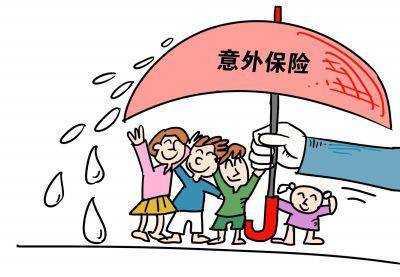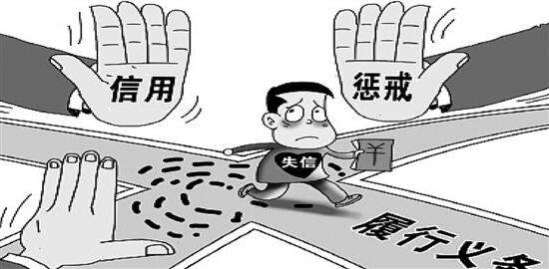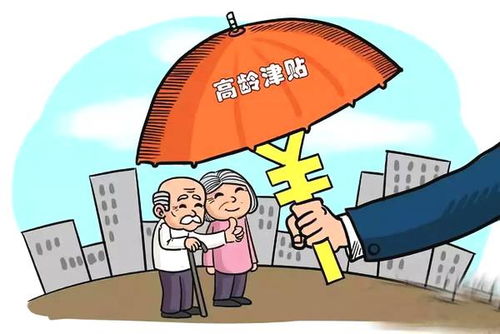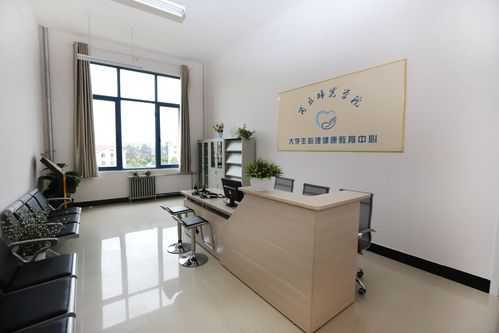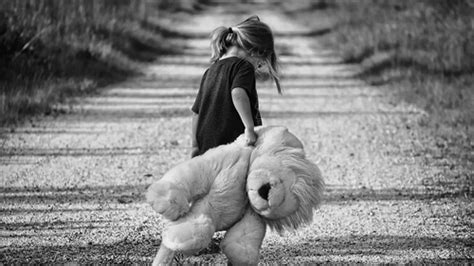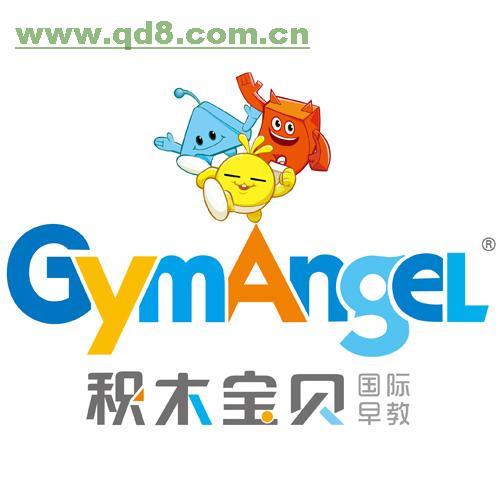早教国学启蒙
Title: Integrating Traditional Chinese Culture into Early Childhood Education
Incorporating traditional Chinese culture into early childhood education is a wonderful way to instill cultural pride, moral values, and a strong sense of identity in young learners. Here's a comprehensive guide on how to effectively teach Chinese culture to preschoolers:
1. Curriculum Design:
a. ThemeBased Approach:
Organize lessons around themes such as festivals (e.g., Lunar New Year, MidAutumn Festival), Chinese traditional stories (e.g., legends, fables), or cultural practices (e.g., calligraphy, tea ceremony).b. Multimodal Learning:
Use a variety of teaching methods including storytelling, roleplaying, arts and crafts, music and movement, and sensory activities to engage young children. 2. Incorporating Key Elements:
a. Language:
Introduce basic Mandarin vocabulary related to the chosen theme. Use songs, rhymes, and simple phrases to familiarize children with the language.b. Arts and Crafts:
Encourage children to create traditional Chinese artworks such as paper cutting, Chinese knotting, or painting inspired by famous Chinese paintings.
c. Stories and Legends:
Share ageappropriate Chinese myths, legends, and folktales. Discuss moral lessons and cultural values embedded in these stories. 3. Cultural Experiences:
a. Field Trips:
Organize visits to local museums, temples, or cultural centers where children can experience Chinese traditions firsthand.b. Guest Speakers:
Invite parents or community members to share their expertise in areas like Chinese music, dance, or martial arts. 4. Celebrating Festivals:
a. HandsOn Activities:
Engage children in traditional festival preparations such as making dumplings for Lunar New Year or crafting lanterns for the Lantern Festival.b. RolePlaying:
Encourage roleplaying games where children enact festival customs or dress up in traditional attire. 5. Family Involvement:
a. Parent Workshops:
Conduct workshops to educate parents about the importance of teaching Chinese culture at home and provide them with resources and ideas for incorporating cultural activities into family routines.b. Home Projects:
Assign simple cultural projects for families to complete together, such as creating a family tree or cooking a traditional Chinese dish. 6. Assessment and Reflection:
a. Observations:
Regularly observe children's participation and engagement in cultural activities to assess their understanding and interest.b. Reflective Journals:
Encourage teachers to keep reflective journals to document children's responses, insights, and growth in understanding Chinese culture. 7. Resource Development:
a. Books and Materials:
Curate a collection of ageappropriate books, games, puzzles, and multimedia resources that highlight Chinese culture and history.b. Online Platforms:
Utilize educational websites, apps, and videos that offer interactive content related to Chinese culture for supplementary learning.By following these guidelines and incorporating traditional Chinese culture into the early childhood curriculum, educators can foster a deep appreciation and understanding of Chinese heritage among young learners, laying a strong foundation for cultural identity and global citizenship.
免责声明:本网站部分内容由用户自行上传,若侵犯了您的权益,请联系我们处理,谢谢!联系QQ:2760375052



